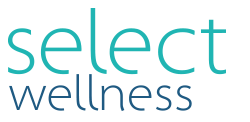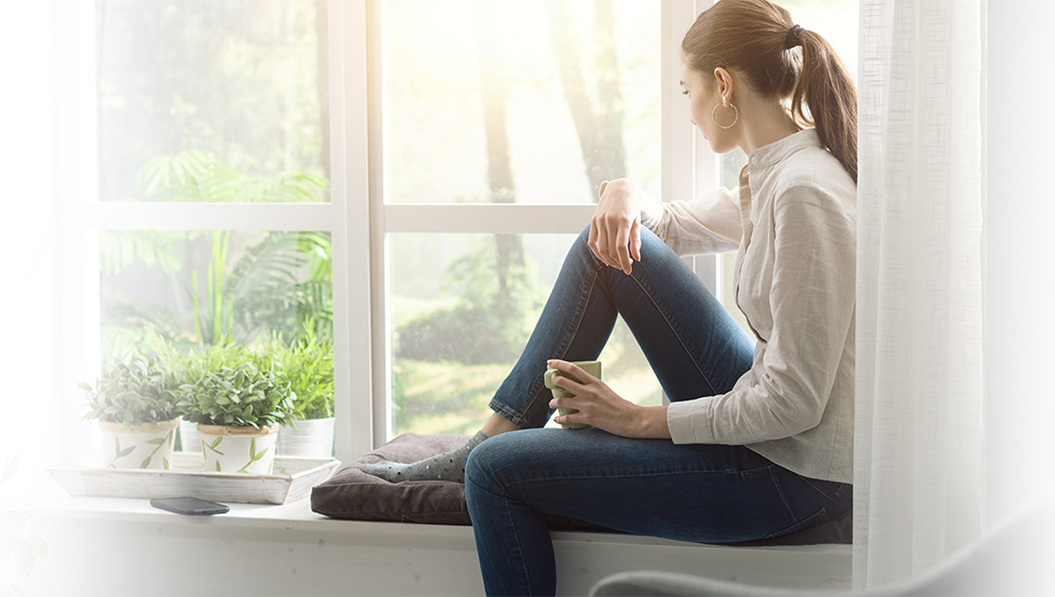When we ask our GLWS survey clients how they look after themselves, their responses tend to fall into three categories: sleep, exercise and nutrition.
The least likely category to get a mention is rest, or ‘taking a break’.
Our clients usually associate the word ‘rest’ with either sleep or some form of passive distraction such as a glass of wine, playing video games or Netflix. Now, I’m a fan of all of these, but let’s not kid ourselves that they constitute ‘rest’.
A true rest is time out. Doing very little, stopping those head laps and simply being with yourself and your surrounds. Remember the pre smartphone days, when we would sit on a bus or train staring out the window, not really thinking of anything at all? When was the last time you allowed yourself (or rather made yourself) just sit still and be?
People are so wired all day that their brains struggle to shift out of top gear. They end up spending their commute or unstructured free time scrolling frenetically through social media, compulsively switching between news outlets and/or continuously checking their email. The concept of simply being and doing very little is not only foreign, but for many leaders I work with, it elicits a look of abject terror!
Add to this the potential dark side of ‘flexible’ work practices: for most leaders we speak to, precious time saved from commuting is rarely used for self-care or taking a break – instead it is seen as an opportunity to squeeze even more hours of work into their day.
Funnily enough, having a shower is the last frontier of screen-free space – which explains why so many good ideas come from this rare time our minds are set free to wander and create.
Are we rest-resistant?
Our experience on the frontline of executive wellbeing is reflected in a recent SMH article which reports that Australians are now so addicted to being busy, we have as a nation been diagnosed as ‘rest resistant’. This is backed up by data showing Australians worked 3.2 billion hours of unpaid overtime last year, have 134 million days of accrued annual leave – and 3.8 million of us don’t even take a lunch break.
Not enough rest and time out leads to our productivity, accuracy and creativity declining, and our reactivity, stress and anxiety rising. It means we no longer have empty space in which to self-reflect, and as a result lose connection with our sense of meaning and purpose.
Clients of ours who have minimal rest breaks in their lives often report ‘feeling like their lives are on autopilot’, often feel ’drained at work’ and ‘rarely feel rested at the start of their day’.
The first step in challenging and shifting this resistance is to build the case for rest.
How can we re-introduce rest into our lives?
Our clients’ terror is real and needs to be soothed with hard facts and studies that make the case for the increased productivity and enhanced wellbeing that comes with taking breaks.
Once they understand that resting is not going to lead to calamity or them becoming lazy and unproductive, we find their terror recedes and they become receptive to experimenting with different behaviours.
Next, we want them to have a lived experience of the benefits of rest. Expecting ‘rest resisters’ to start a 20-minute twice daily meditational practice is not only unrealistic but runs the risk of turning them off the concept of mindfulness or meditation for life. ‘I’m just someone who can’t meditate’ is how they often end up perceiving themselves.
Rather, we want them to take small, easy steps that over time build their confidence that they are capable of switching their busy brains off. Depending on the client and just how busy their brain is, this step can be as tiny as 10 seconds of focusing on a specific colour followed by 4 rounds of ‘belly breathing’ breathing to activate their parasympathetic nervous system.
Occasionally we find a client who has such a strong inner narrative (introjected at a young age) around ‘not switching off’ that we have to first focus on shifting this before they can allow themselves to contemplate rest.
By following this approach, we find even the most cynical ‘rest resisters’ switch on to the power and benefits of having ‘time off’. Over time they build their capacity to rest and feel more comfortable moving from doing to being.
What works for you? (And what can you recommend to your colleagues/clients?)
Here are a few questions to think about:
- Consider the last time you ‘took a pause’ – no distractions from technology or people, not racing around doing tasks, exercising or sleeping. Where were you and what were you doing? (This could be deliberate or accidental e.g. in a blackout or when your phone battery dies on a flight, you have read the inflight magazine and the entertainment system has broken!).
- Examine how you feel after such a ‘rest’, even if it’s short. Physically, mentally, emotionally – what comes to mind?
- Where and when do you do your best day-dreaming, pondering, allowing your mind to wander aimlessly? Can you make more room for this in your work/life? (It can aid creativity and problem solving when accessed at the right time).
- Is something preventing you from slowing down or stopping for a rest? This could be an avoidance strategy masking something you don’t really want to think about or deal with. How helpful is this to you in the long term?
Finally, my own confession. As I am typing this, I am 10 hours into my flight to Europe for a three-week holiday and haven’t yet switched off myself. So no more words from me – I’m officially taking a break!


